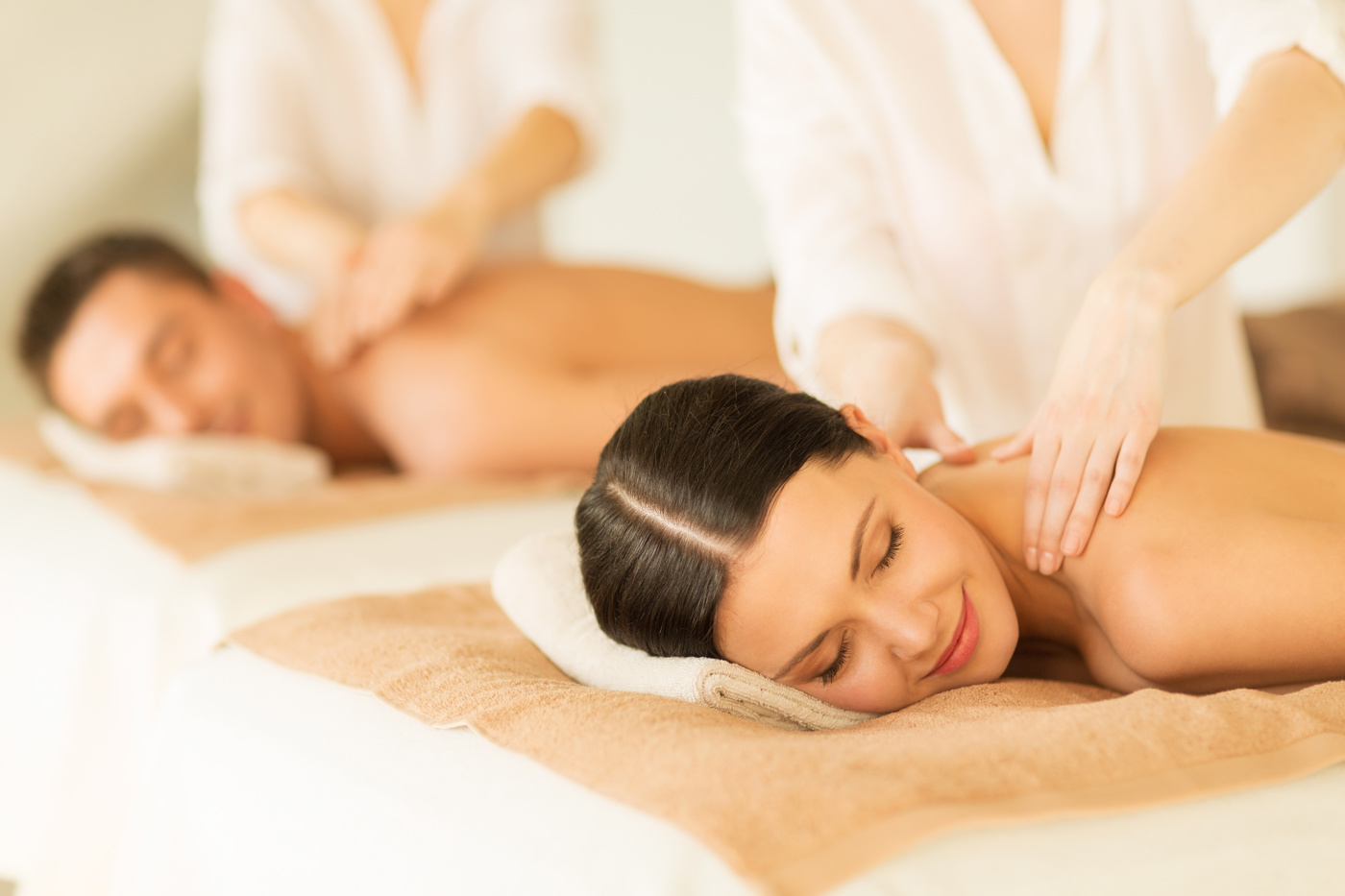Prerequisites for admission to the classical massage training course:
In principle, classic massage training courses leading to a "school certificate" are open to all interested persons. No specific previous training or professional experience is required.
Some schools require a completed basic vocational training (apprenticeship), Matura or similar training, a minimum age of 18 years and good written and spoken German (at least level B2).
Good to know about possible recognition:
As there are no protected professional designations or titles, it is important to provide appropriate proof of your own seriousness and professional competence. This is usually done by registering with the ASCA and/or the EMR and/or by becoming a member of an association.
- Admission to the Swiss Association of Professional Massage Therapists (SVBM / FSMP) can already take place via the school's own certificate / diploma in classical massage. Details can be foundhere.
- For inclusion in the ASCA (Swiss Foundation for Complementary Medicine) and/or EMR (Empirical Medicine Register) register, at least 150 hours of conventional medical basic knowledge (also known as "Tronc Commun") are required.
Input: Why is registration in the ASCA and/or EMR registry important?
Both the ASCA and the EMR are quality labels for activities in complementary medicine. They both maintain a so-called list of methods, which specifies how many hours of basic medical training and specialist training (method) must be completed in order to be registered with the ASCA and/or EMR.
Many health insurance companies are based on the ASCA and EMR. This means that therapists who are registered with the ASCA and/or EMR can often work in a way that is recognized by health insurance companies. But beware! This is not always the case.
More and more health insurance companies are demanding an industry certificate or a federal diploma from professional organizations (OdA AM, OdA KT, OdA MM, ODA ARTECURA, Swiss Association of Osteopaths FSO-SVO) in order to be able to work in a way that is recognized by health insurance companies. This will continue to increase in the future.

